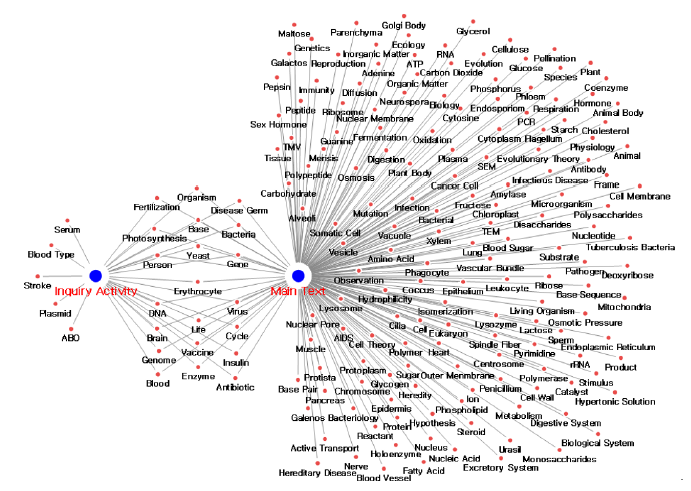Abstract
In education, a curriculum is the blueprint that suggests educational directions and serves as a basis for formal schooling. The revision of the curriculum is made upon the demands of both the nation and the society. The science curriculum emphasizes inquiry, the most essential element of science education. The 2015 revised science curriculum presents inquiry activities as one of the methods that place high importance on inquiry. However, no analysis has been conducted to examine whether the inquiry activities in the curriculum are implemented in each unit. In this regard, this study sought to analyze the adequacy of inquiry activities in Life Science Ⅱ based on the 2015 Revised Science Curriculum. To this end, a connection network between the inquiry activity in the textbook and the concept presented in the main text was analyzed by using semantic network analysis. The results showed that there are units in which inquiry activities in the curriculum are not adequate, and no inquiry activities are undertaken in areas that pose difficulties in the processes of observation and experimentation. Therefore, based on the findings of this study, it is expected that the inquiry activities of the curriculum will be presented in the following areas, such as life science inquiry methods, cellular respiration, and regulation of gene expression, to which inquiry activities were not given.
Figures & Tables

Fig. 1. The connection network between the concepts presented in the inquiry activities and the main text of the ‘History of life science’ unit


